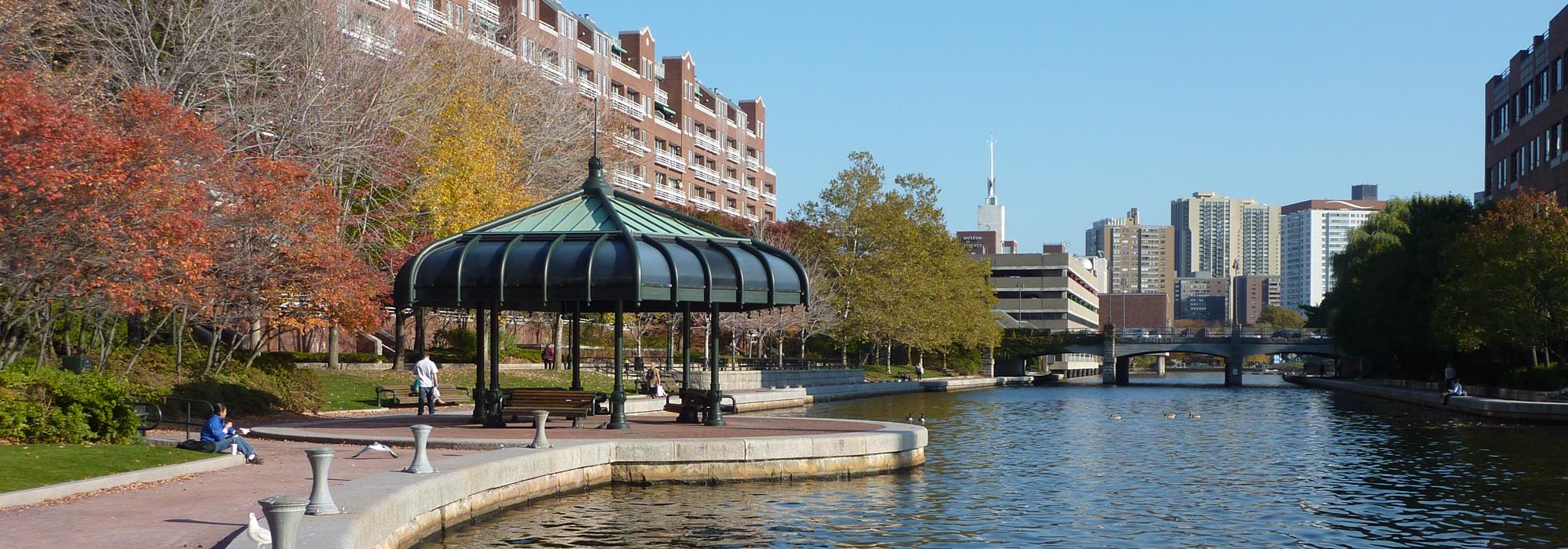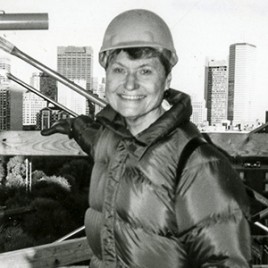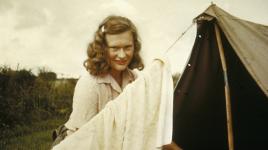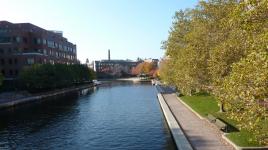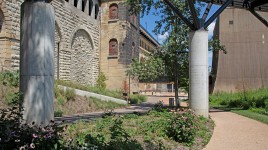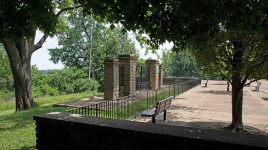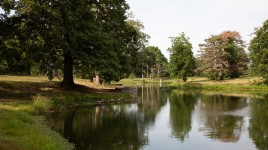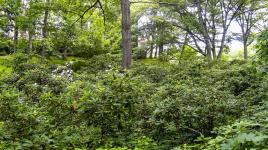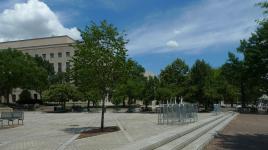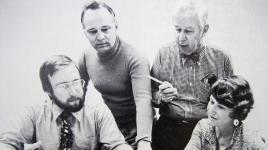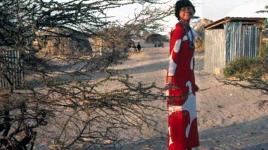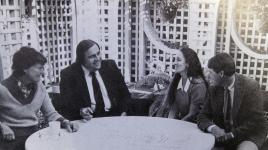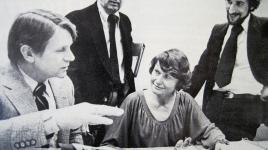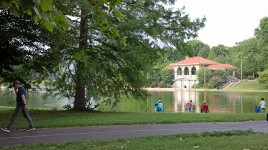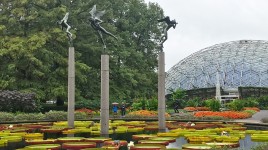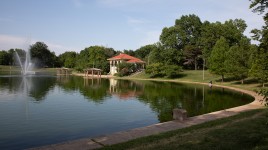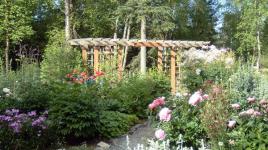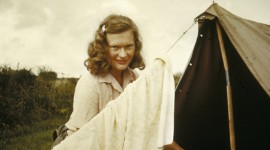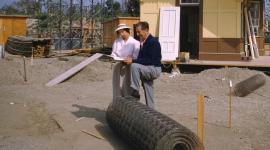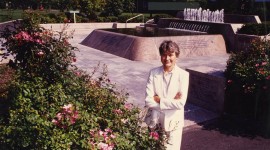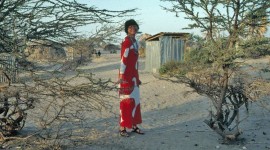Pioneer Information
Born in Elizabeth, New Jersey, Carol Johnson graduated from Wellesley College in 1951 and earned a landscape architecture degree from Harvard in 1957. Hired by The Architects Collaborative (TAC) in 1958, she started her own practice only one year later, at a time when there were few women landscape architects working on urban design and planning issues.
Johnson’s practice illustrates her belief in the social value of good design and the importance of the site’s natural and cultural history. In 1972 she worked as part of President Johnson’s Model Cities Program at the North Common in Lowell, Massachusetts. She has completed numerous campus planning and design projects, including Agnes Scott College in Decatur, Georgia, Boston College, and Duke University. She was an early collaborator with scientists and soil experts on brownfield remediation projects, including the Mystic River Reservation in Massachusetts and Bell Station on Lake Cayuga in Upstate New York. Other significant projects include Boston’s Old Harbor Park; the John F. Kennedy Memorial Park in Cambridge, Massachusetts; and John Marshall Place Park in Washington, D.C.
Johnson taught in the Planning Department at Harvard’s Graduate School of Design from 1966 to 1973. She became a Fellow of the American Society of Landscape Architects in 1982, and in 1998 was the first American woman to receive the ASLA Medal. She officially retired in June 2016 and she passed away on December 11, 2020.



